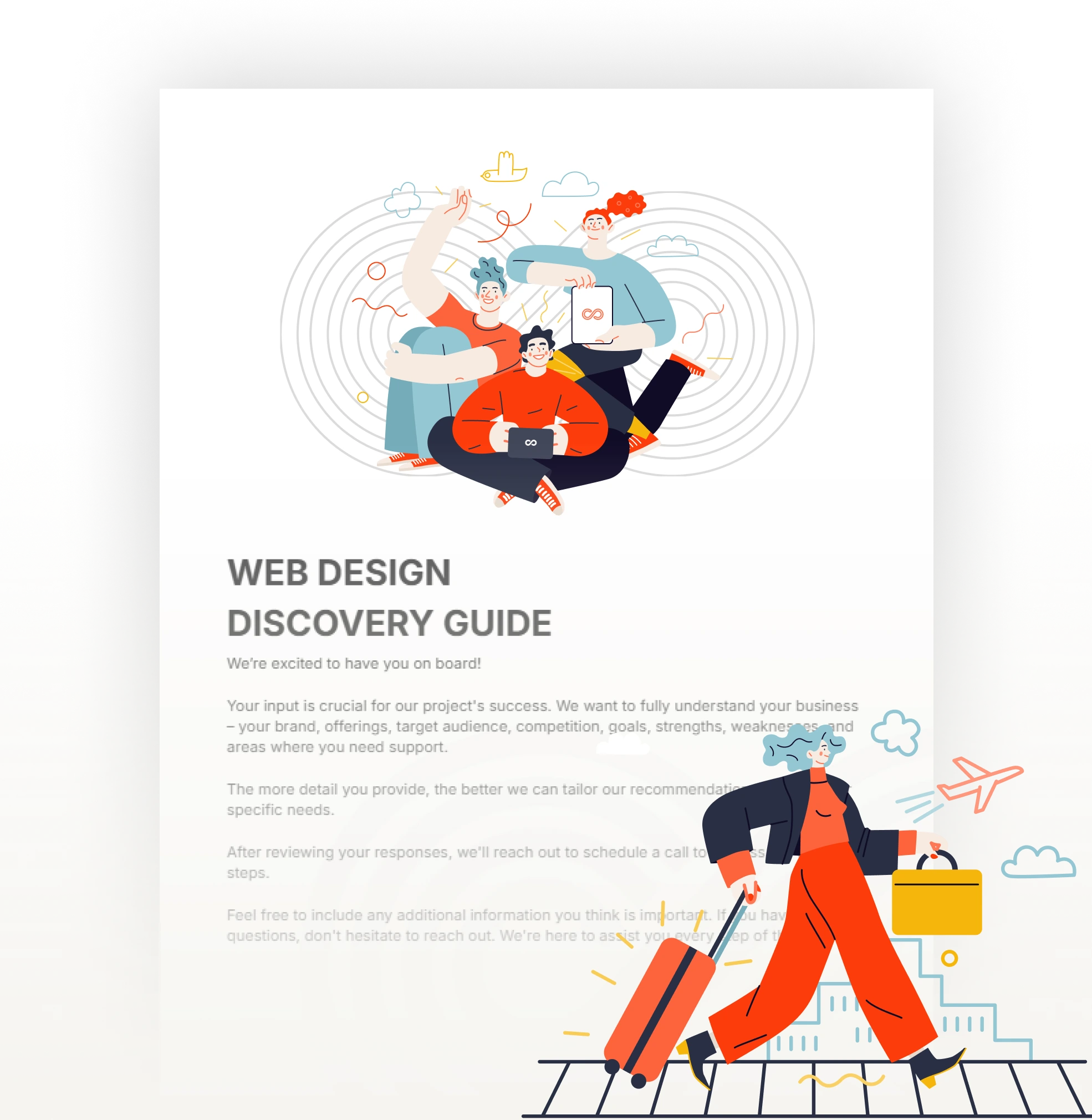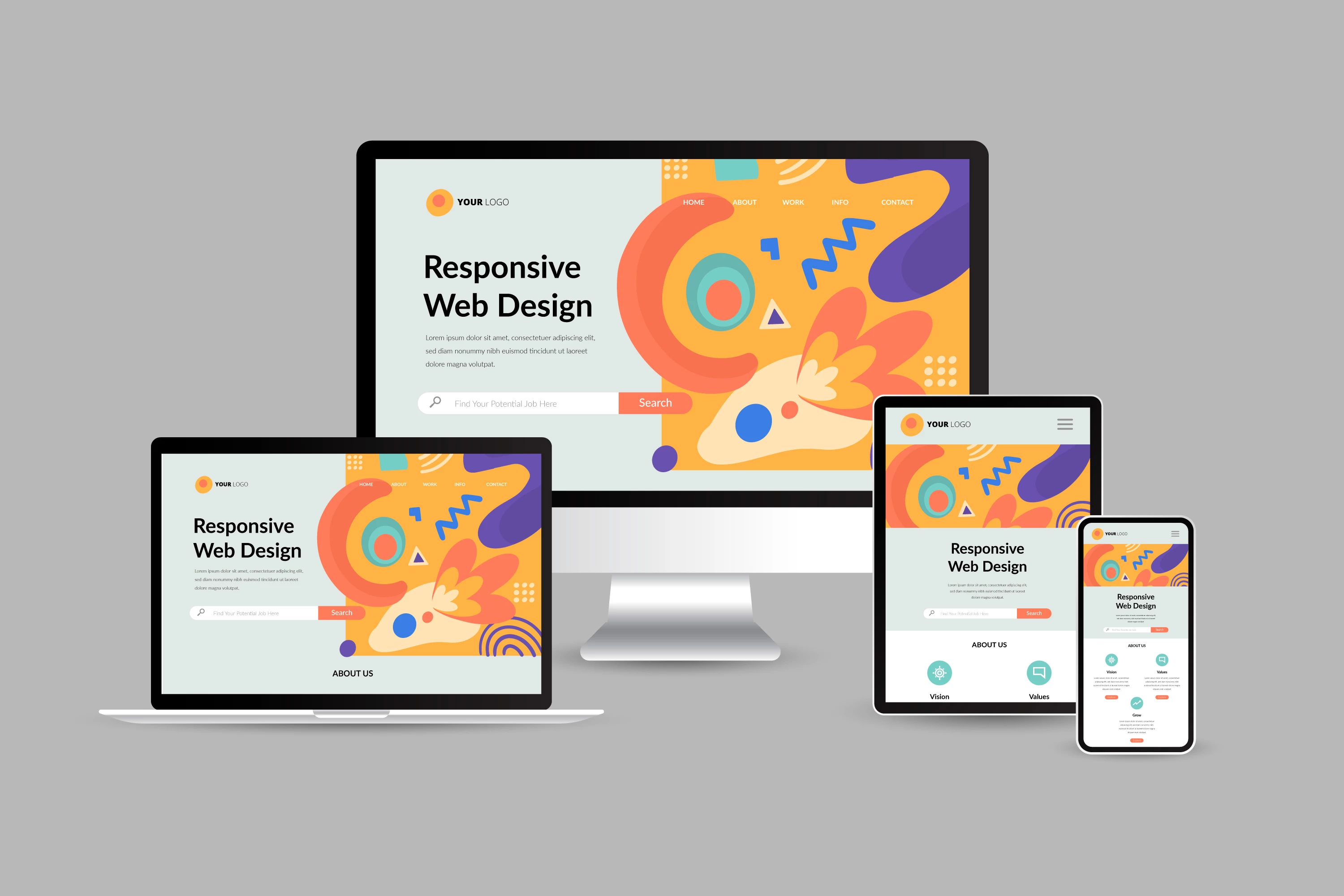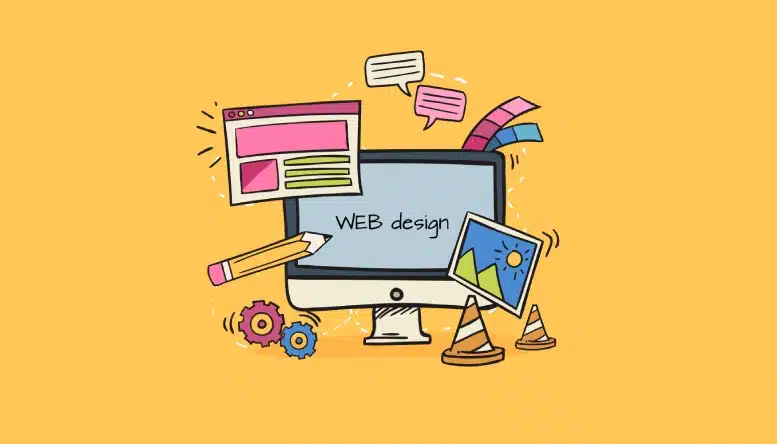Affordable Aligned Position Web Design: Top-Notch Web Design Services at Competitive Prices
Affordable Aligned Position Web Design: Top-Notch Web Design Services at Competitive Prices
Blog Article
The Very Best Kinds Of Web Style to Boost Individual Experience and Engagement
In the ever-evolving landscape of electronic interaction, the efficiency of Web layout considerably affects customer experience and involvement. Numerous layout techniques, such as minimal, receptive, and interactive formats, each deal unique advantages that can cater to varied individual requirements.
Minimal Website Design
As electronic landscapes become increasingly cluttered, minimalist website design has actually emerged as a powerful approach to enhancing customer experience. This layout viewpoint prioritizes simplicity, focusing on important elements while eliminating unnecessary interruptions. By utilizing ample white space, uncomplicated navigating, and a minimal shade combination, minimalist design fosters quality and routes user focus to crucial material.
The core principle of minimal website design is to produce a seamless communication for customers. By minimizing cognitive load, individuals can quickly grasp details without really feeling overwhelmed. This straight technique not only improves use but also motivates interaction, as visitors are most likely to explore a website that is visually appealing and very easy to navigate.
Additionally, minimalist style often highlights typography and images, making use of these elements tactically to communicate messages effectively. In essence, minimal Web design is not just a trend; it is a thoughtful technique that recognizes the significance of user-centered style.
Receptive Web Layout
In today's varied electronic environment, responsive website design has actually become necessary for developing a seamless user experience across a wide range of devices. As users gain access to web sites on mobile phones, desktops, tablet computers, and laptop computers, the ability of a site to adapt its design and content to different display dimensions and resolutions is critical.
Receptive Web style utilizes flexible grids, images, and CSS media queries to ensure that Web material exists optimally, regardless of the device made use of. This strategy not just improves the aesthetic charm of a web site yet likewise substantially enhances functionality. Individuals are more probable to involve with a website that provides a consistent experience, as it removes the aggravation of needing to focus or scroll exceedingly.
Additionally, internet search engine, including Google, prioritize mobile-friendly internet sites in search rankings. By taking on responsive design, organizations can enhance their visibility and get to a more comprehensive audience. This strategy additionally simplifies internet site maintenance, as a solitary version of the site can satisfy all devices, reducing the demand for several versions. In recap, responsive Web design is a basic method that enhances individual experience, engagement, and general contentment.
Interactive Website Design
Receptive Web design lays the groundwork for enhancing individual experience, however interactive website design takes this a step additionally by involving users in a much more dynamic means - Aligned Position Web Design. By incorporating aspects such as computer animations, clickable prototypes, and real-time comments, interactive Web design mesmerizes individuals, attracting them right into a richer browsing experience
This strategy not only promotes involvement yet also encourages individuals to explore material proactively instead of passively eating it. Strategies such as gamification, where users earn incentives for finishing tasks, can substantially boost the moment invested in a website and boost overall fulfillment. Interactive functions can streamline intricate info, making it a lot more absorbable and satisfying.

Including interactive style components can also lead to higher conversion prices, as users are a lot more most likely to engage with a website that actively involves them. Aligned Position Web Design. Eventually, interactive website design changes user experiences into unforgettable trips, guaranteeing that site visitors return time after time
Apartment Style
Identified by its minimalistic approach, flat style highlights simpleness and capability, removing unneeded components and concentrating on important functions. This style approach prioritizes usability, guaranteeing that individuals can navigate interfaces easily and effectiveness. By utilizing a clean visual, level design eliminates the clutter typically found in much more ornate styles, thus enhancing user focus on web content and functionality.
The review characteristic of level layout depends on its use strong colors, easy typography, and geometric shapes. These elements add to an aesthetically attractive interface that is both friendly and modern-day. Furthermore, flat design cultivates a feeling of clarity, allowing users to recognize crucial activities and info without interruption.
Moreover, flat design is specifically efficient in responsive Web style, as its simplicity converts well throughout various tools and display sizes. The lack of intricate textures and slopes reduces loading times, which is critical for preserving user interaction. As electronic landscapes proceed to develop, level style continues to be an appropriate option for developing easy to use sites that enhance general experience. By concentrating on find out here important attributes, flat design not just satisfies customer needs yet also urges smooth communication, making it a vital part of effective website design techniques.
Adaptive Website Design
Flexible Web style tailors the customer experience by creating multiple repaired formats tailored to different screen sizes and gadgets. Unlike receptive layout, which fluidly readjusts a single format, flexible layout uses distinct layouts for particular breakpoints, making sure optimal presentation on various platforms. This method enables designers to focus on the special features of each tool, enhancing usability by delivering precisely what users require based upon their context.
One of the main benefits of adaptive Web layout is its ability to maximize lots times and efficiency. By offering tailored content and images that fit the user's device, internet sites can minimize information use and boost loading speeds. This is especially helpful for individuals with slower connections or limited data plans.

Additionally, flexible design facilitates a much more regular and controlled branding experience. Considering that developers develop numerous designs, they can make certain that the visual elements straighten with the brand name's identification across different systems - Aligned Position Web Design. This results in a cohesive individual experience, boosting interaction and advertising user retention
Final Thought
Minimalist style promotes clearness and focus, while responsive design ensures adaptability throughout numerous gadgets, click to read more promoting ease of access. Collectively, these design comes close to add to the creation of easy to use environments that not only boost contentment however likewise drive higher conversion prices, emphasizing their essential importance in modern Web design approaches.

Minimalist layout fosters clarity and focus, while responsive style makes sure versatility throughout different tools, advertising accessibility. Collectively, these design approaches contribute to the creation of user-friendly settings that not just improve complete satisfaction however likewise drive higher conversion rates, underscoring their crucial value in contemporary Web design techniques.
Report this page